Founder’s Day, Part IV: A New Era, Rooted in History
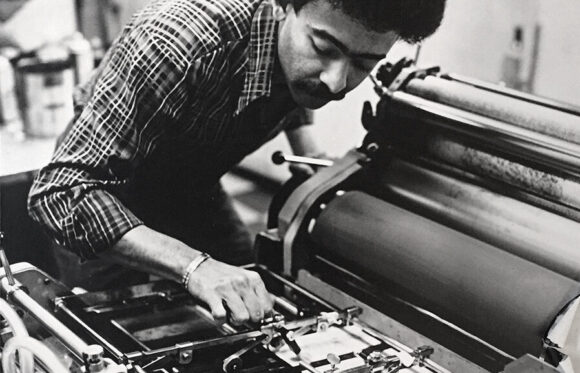
Born on February 6, 1841, Pauline Agassiz Shaw was a philanthropist, educator, and social reformer who significantly impacted not only our School community, but also the history of Boston and the nation. We’ll celebrate our annual Founder’s Day on February 12, 2025, and invite all those in our extended community to participate in a celebration of Pauline’s life and legacy.
The School’s experimental tradition continued leading up to WWII and for decades beyond. A range of new NBSIS initiatives served divergent groups—children and adults, men and women, civilians and veterans—each reflecting the changing needs of local residents and the broader society.
Social Services & Enterprise
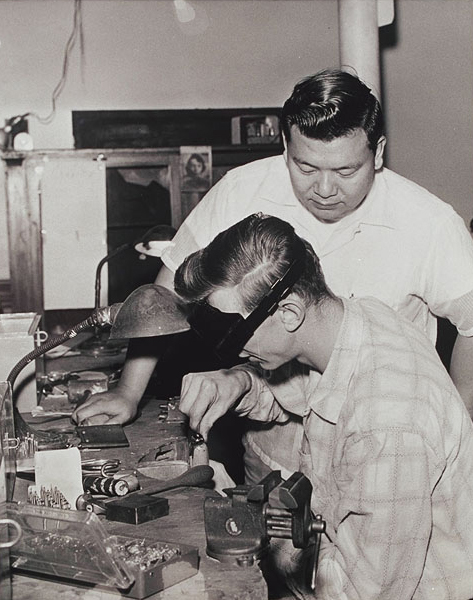
From the start, the mission of the School sought to alleviate problems it encountered in the surrounding neighborhood. In this way, a portfolio of initiatives were developed in the first several decades of the 20th century. The Vocational Guidance & Placement Bureau, begun in 1915, was particularly effective as a “bridge linking home, school, industry, and community.” Reports in the years following offered examples where the Bureau brought significant change to the lives of underemployed young men and women.
A collection of other social efforts from NBSIS focused on children in the North End. In 1922, the experimental Play School for Habit Training (colorfully referred to as “no place for little darlings”) grew out of the Day Nursery and hoped to remedy behavioral issues for children under five. Another offshoot of the Nursery began around this same time, and would continue for nearly 50 years. Catering to distinct groups of boys and girls, Boxford Camp, Caddy Camp, and Travel and Stay-At-Home camp would give hundreds (if not thousands) of young people the chance to enjoy time outside of the crowded North End, and help foster new experiences through learning and play.
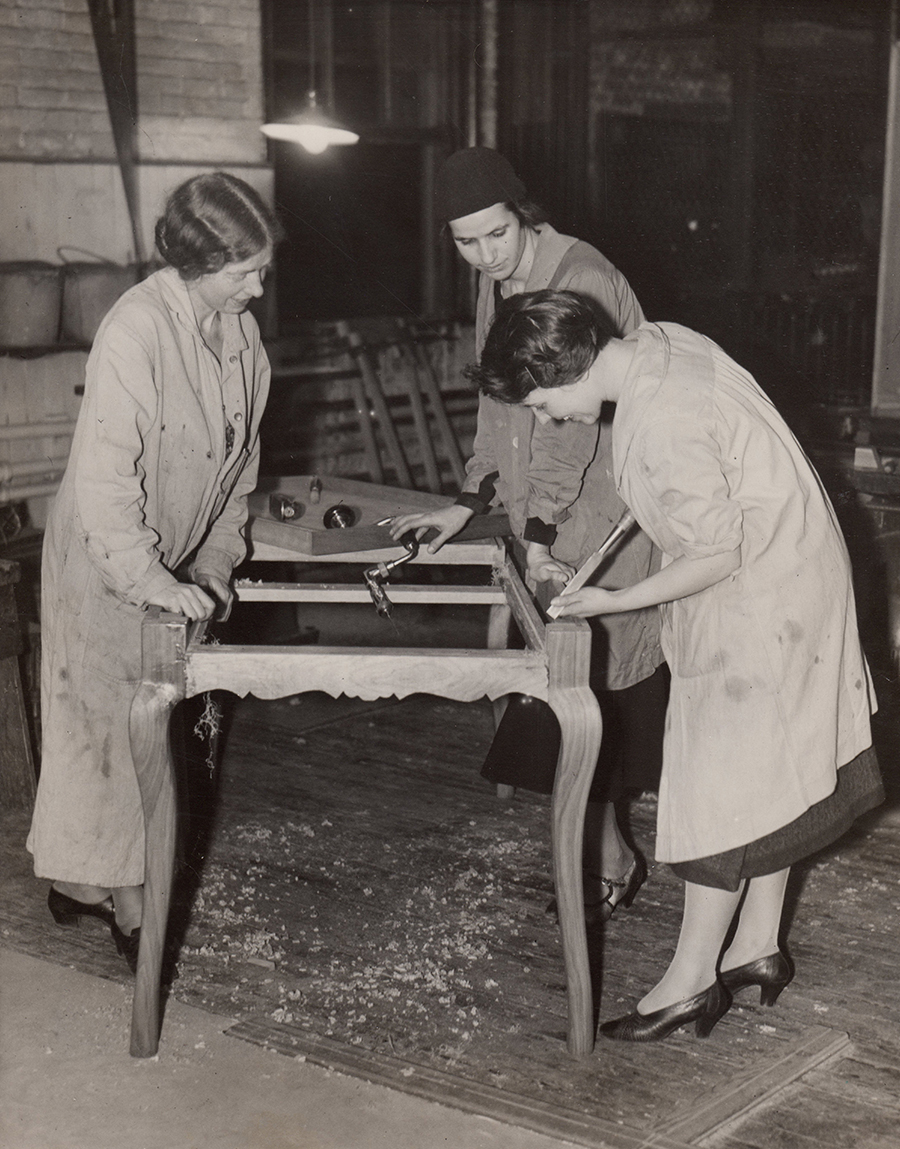
The 1920s also saw the School engage in a series of retail projects to generate revenue for its operations. Among these were two stores, The Distaff and Loom in Marblehead and the Industrial Arts Shop in Boston’s Beacon Hill, which sold a variety of work crafted by NBSIS students, in addition to other homespun items.
In the 1930s, a Credit Union and Work Relief Program, addressed both local needs and broader issues in society, including the Great Depression. The School’s leadership held strong throughout this difficult period, and insight gleaned from years of community building helped to mitigate the impact on both NBSIS and its surrounding community.
WWII & Veteran Educational Benefits
Alongside these activities, interest continued to grow in the School’s other line of business, its trade classes. Projects like those of the Works Progress Administration demanded labor with unique skills like those taught at NBSIS. By the mid-1940s – even as local young men went abroad to fight – their wives, sisters, and mothers could learn new vocations at 39 North Bennet Street, helping to both care for their families and support the war effort. When veterans eventually came home, the newly drafted GI Bill meant they too could study at the School, and in so doing parlay their military experience into useful, employable skills as a civilian.
According to Rewarding Work, “the appeal of these courses extended well beyond the North End and adjacent communities, with students from greater Boston and other New England communities arriving and departing by train at nearby North Station.” It’s estimated over 1,000 veterans had trained at the School by decade’s end.
New Ways of Working
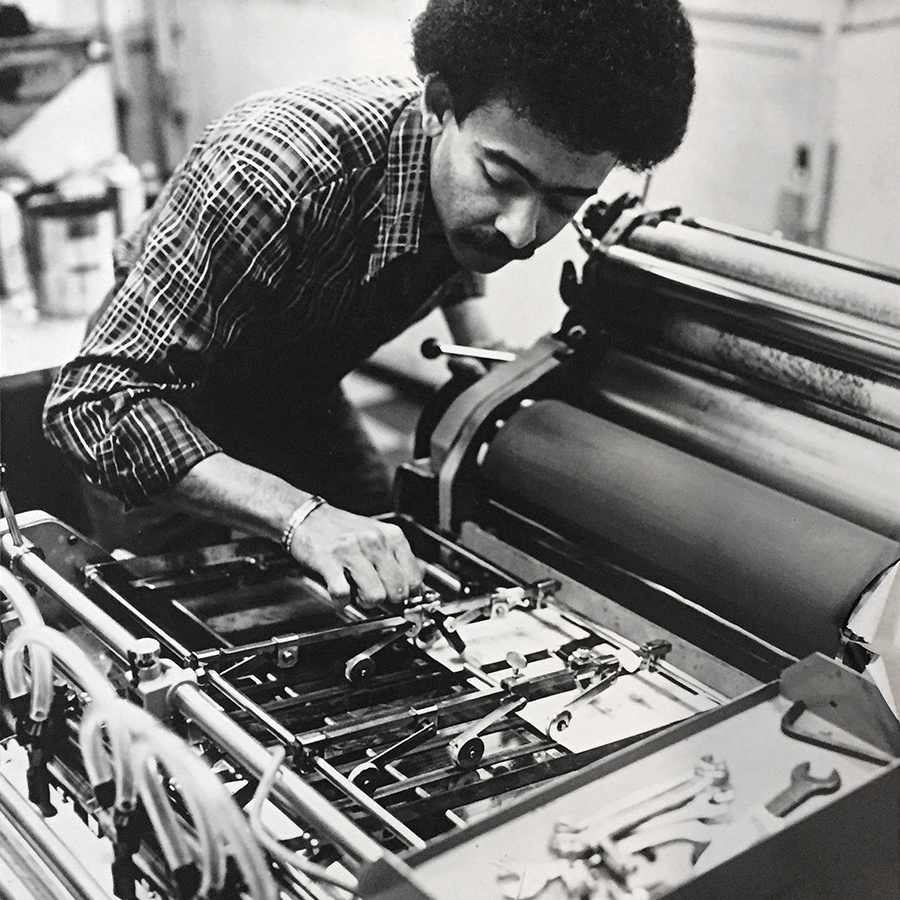
Though enrollment in the trades classes flourished in the years after WWII, by the mid-1950s, a number of emergent factors impacted the School’s operations and financial security. The flight of families to suburban towns, competing interests among various organizations, a reduction in government funding for veterans’ education, and the construction of the City’s elevated artery (which cut off the North End from the rest of Boston) all contributed to a dramatic drop in resources. Again, School leaders responded to the changing environment with new ways of working, including a new Basic Vocational program that drew dozens of new students to its doors.
The latter decades of the 20th century would bring about the most substantial shift in programming the School had ever seen in its long history. Beginning in the 1970s, a number of social services—among these the camp programs, the nursery, and the credit union—were eliminated or transferred to other organizations. Concurrent with this effort, NBSIS dropped “Industrial” from its name, focused on developing new vocational courses, and set itself to achieving formal accreditation for its classes. By the end of the 1980s, North Bennet Street School came to resemble the institution known and loved today. More modest changes would occur in the years leading up to the turn of the century, including the first Continuing Education classes and first Annual Celebration of Craft, among other signature activities.
Within just the last decade, the growth of celebrated partnerships, the move to a new facility, and the fulfillment of an ambitious scholarship campaign would mark another momentous phase in the School’s history. (A series of stories all their own, read more about the last decade of the School.)
Through decades of visionary leadership that began with our founder, Pauline Agassiz Shaw, NBSS has responded to the urgent needs of its community and society at large, all while remaining focused on its core pursuit: intensive, hands-on training that helps students from around the world to achieve meaningful lives and livelihoods. That mission remains alive today, and through our talented community of alumni and friends, we continue to shape the future of craft, and make a difference in communities near and far.
Read more about the School’s recent history via our Blog and Publications, and check out these other articles from our Founder’s Day series:
- A Short History of Pauline Agassiz Shaw
- Sloyd Training & the Whole Person
- NBSIS: Growth and Experimentation
- NBSS: A New Era, Rooted in History
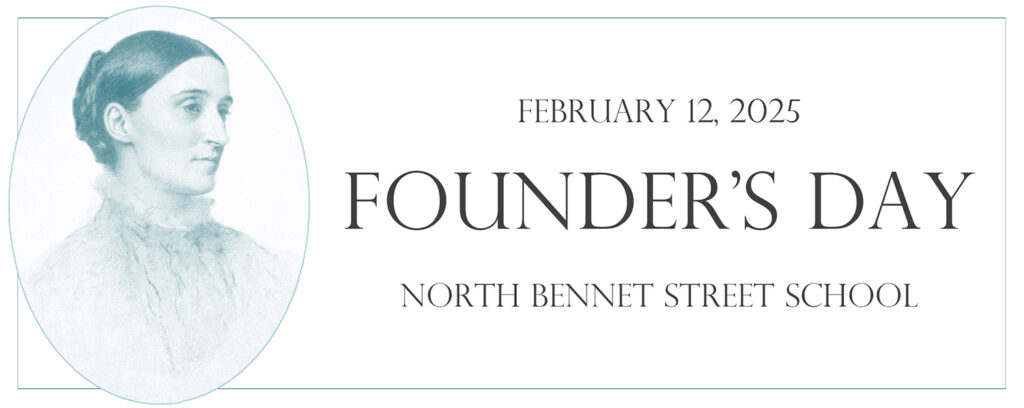
Editor’s Note: An outsize portion of this biography was gleaned from Rewarding Work: A History of Boston’s North Bennet Street School. The biography above provides just a glimpse into the life of Pauline Agassiz Shaw, with much more detail, context, and nuance to be found in the hardbound, illustrated volume. Many thanks to the authors for their rigorous study and insight.
Historic images courtesy Schlesinger Library, Radcliffe Institute, Harvard University.
Sources
- Barrett Litoff, Judy. European Immigrant Women in the United States: A Biographical Dictionary, Garland Publishing, 1994.
- Compston, Christine, Stephen Senge, and Walter McDonald. Rewarding Work: A History of Boston’s North Bennet Street School, Boston, 2018.
- Dabney Malcom Forbes, Rose, Greener, George, Moffat, Adelene. Pauline Agassiz Shaw: Tributes Paid Her Memory, North Bennet Street Industrial School, 1917. (PDF)
- Hurd Smith, Bonnie. Pauline Agassiz Shaw. 2006. https://bwht.org/pauline-agassiz-shaw/ (accessed 2019)
- Ohles, Frederik, Ohles, Shirley G., Ohles, Shirley M., Ramsay, John G. A Biographical Dictionary of Modern American Educators, Greenwood, 1997.